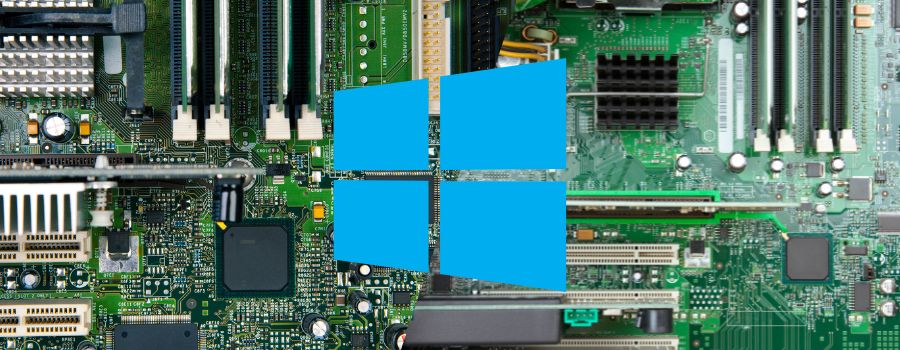Checking the chipset driver version in Windows 11 is an important step in maintaining your computer’s performance, stability, compatibility, and security. This article discusses the steps to check the chipset driver version in Windows 11.
Steps to check the chipset driver version in Windows 11
- Press the “Windows key + X” key combination to open the Power User Menu.
- Select “Device Manager” from the list of options.
- In the Device Manager window, expand the “System Devices” category.
- Look for the chipset driver, usually listed as “Intel(R) Chipset” or something similar.
- Right-click on the chipset driver and select “Properties” from the context menu.
- In the Properties window, go to the “Driver” tab.
- You will see the current version of the chipset driver under the “Driver Version” field.
- Click the “Update Driver” button to update the driver and follow the on-screen instructions.
Detailed Explanation of Each Step
The general steps to check the chipset driver version in Windows 11 in detail are given below.
Press the “Windows key + X” key combination
Press the “Windows key + X” to open the Power User Menu, which provides quick access to commonly used tools and settings. The “Windows key” is typically located next to your keyboard’s “Alt” key.
Select “Device Manager” from the list of options
In the Power User Menu, you will see a list of options. Click on “Device Manager” to open the Device Manager window. It is a tool that allows you to view and manage the hardware devices installed on your computer.
Expand the “System Devices” category
In the Device Manager window, you will see a list of categories. Expand the “System devices” category by clicking on the arrow to the left of it. This category contains devices that are integral to the functioning of your computer’s operating system.
Look for the chipset driver
In the list of system devices, look for the chipset driver. It is usually listed as an “Intel(R) Chipset” or similar. The chipset driver manages the communication between the hardware components on your motherboard.
Right-click on the chipset driver and select “Properties”
Once you have found the chipset driver you are looking for, right-click on it and select “Properties” from the context menu. It opens a dialog box that displays information about the driver.
Go to the “Driver” tab
In the Properties window, go to the “Driver” tab. This tab displays information about the driver, such as its version, date, and provider. It also provides options to update, roll back, or uninstall the driver.
Check the current version of the chipset driver
Under the “Driver Version” field, you will see the current version of the chipset driver. The chipset driver version number is usually displayed in a format like “xx.xx.xxxx.xxxx”, which indicates the driver’s major version, minor version, build number, and revision number.
Update the driver if necessary
Click the “Update Driver” button to update the driver and follow the on-screen instructions. Windows will search for the latest version of the driver and install it if one is available. It can improve the performance and stability of your computer.
By following these steps, you can easily check the chipset driver version in Windows 11 and take any necessary actions to keep your computer running smoothly.
NOTICE: Visit TechGolly.com to stay informed about technology news, discussions, trends, advice, opinions, directories, insights, and markets. TechGolly covers a wide range of the latest technology news, including business news, product news, stock market news, future tech news, and research news. In addition, visit SoftwareAnalytic.com for software reviews, vendor reviews, software in-depth, and opinions.


